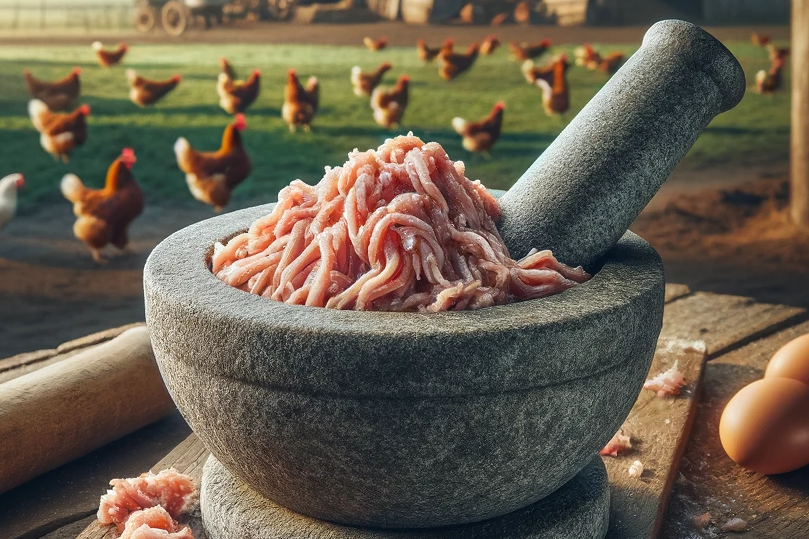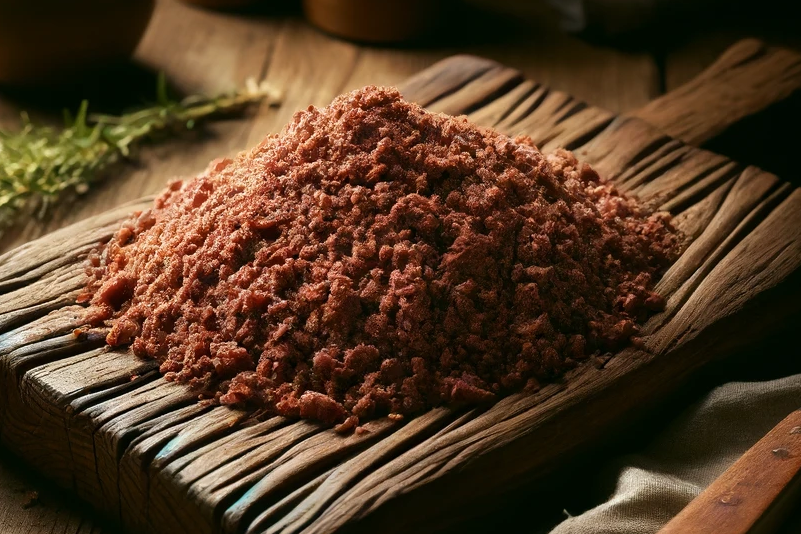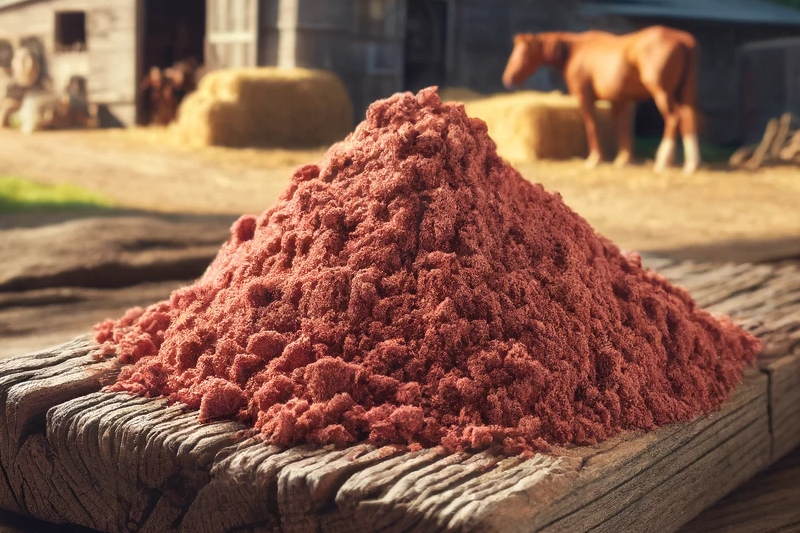Pork grits

In the world of dog nutrition, there are always innovations and trends that pique the interest of pet owners. One of the lesser known but potentially interesting products is pork semolina. This article provides an in-depth look at pork semolina as a component of dog nutrition by examining the benefits and potential drawbacks.
What is pork semolina?
First of all, it is important to clarify that the term "pork semolina" is rather uncommon in traditional food production and may cause confusion. In the context of animal nutrition, it could be a by-product of pork processing, similar to other animal meal products. Typically, this "semolina" would consist of the smaller, ground particles of pork meat or bone that result from processing. It is important to understand exactly what the product is made of as this can have a significant impact on your dog's health and well-being.
Benefits of pork semolina
Potential source of protein
Like other meat by-products, pork semolina could provide an additional source of protein for dogs. Protein is essential for building muscle tissue, repairing cells and producing enzymes and hormones.
Flavor variation
For dogs that appreciate variety in their diet, pork semolina could provide an interesting flavor variation.
Disadvantages of pork semolina
Unclear composition
Without knowing exactly what pork semolina contains, it is difficult to assess its safety or suitability as a dog food. The quality and composition can vary greatly depending on which parts of the pig have been used.
Risk of contamination
As with all by-products of the meat industry, there is a risk of pork semolina being contaminated with harmful substances or pathogens. This could lead to health problems for your dog, especially if the product is fed raw.
Unbalanced diet
Relying solely on pork semolina or similar by-products could lead to an unbalanced diet. Dogs need a balanced intake of proteins, fats, carbohydrates, vitamins and minerals to stay healthy.
Better safe than sorry
Although pork semolina could potentially be interesting as an additional source of protein and flavor variation for your dog's diet, the risks and unknowns associated with its use should not be underestimated. It is extremely important that you know the origin and composition of any food before offering it to your dog. The health and well-being of your four-legged friend should always come first.
If you notice any signs of hypersensitivity or poisoning in your dog, you should see your vet immediately. We are not a substitute for a vet, but we try to be as accurate as possible. Every dog reacts differently and we recommend you get a second opinion or consult your vet if in doubt.
Stay healthy and take good care of your four-legged friend!😊
Similar to Pork grits
Duck semolina, often also known as duck meal, is a by-product of duck meat production. It is made from the solid components of duck meat, which are obtained by drying and then grinding after the...
Chicken grit, often made from finely ground chicken meat or by-products of chicken processing, is a high-protein ingredient used in some specialized dog food products. Unlike chicken meal, which may...
Lamb semolina, also known as lamb meal, is a by-product of meat processing. It is made by drying fresh lamb meat and sometimes bones and grinding it into a fine powder. This powder is rich in...
Horse semolina, often a by-product of horse meat processing, consists of finely ground particles of horse meat and bones. Unlike the classic wheat semolina that we are familiar with from human...



